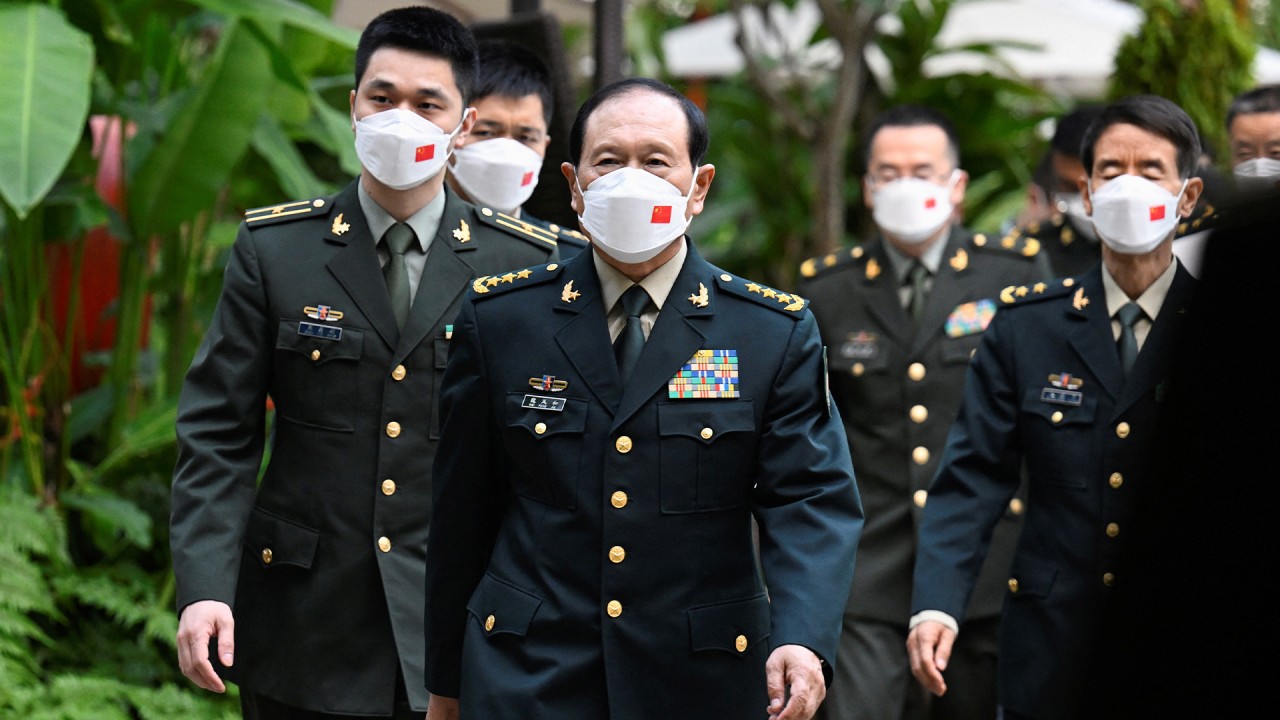
One-China policy: fewer word games, more clarity needed from Washington and Beijing
- Since the early 1970s, the US and China have skirted the specifics of ‘one China’, but as relations between the two deteriorate, the lack of real agreement on the issue could become explosive
- Increasingly, ‘strategic ambiguity’ only serves as a cover for the US’ ‘one China, one Taiwan’ policy
Confusingly, both sides claim to agree that there is only one China. So why the fuss? The reality is that they actually do not agree on what “one China” is.
From the founding of the People’s Republic of China in 1949 up to 1971, the US pursued a “two-China” policy that delegitimised the international status of the People’s Republic. Taiwan’s leadership under General Chiang Kai-shek represented China.
When the United States moved to recognise the People’s Republic of China and de-recognise the Republic of China in 1979, it stated that the government of the People’s Republic of China was “the sole legal Government of China”. This means that the People’s Republic was and is the only China, and that the Republic of China could not be considered a separate sovereign entity.
When China changed the Chinese text from “acknowledge” to “recognise”, deputy secretary of state Warren Christopher stated at a Senate hearing, “[W]e regard the English text as being the binding text. We regard the word ‘acknowledge’ as being the word that is determinative for us”.
In the 1982 US-China joint communique, the US went one step further, stating that it had no intention of pursuing a policy of “two Chinas” or “one China, one Taiwan”.
In the good old days, when China and the US shared the same geopolitical goals against the Soviet Union and economic interests were converging, both sides were willing to de-emphasise this fundamental difference, at least in key policy strategies.
Serious problems have arisen now that relations have deteriorated. The US has designated China as its main rival and its policies look like a new cold war containment strategy.
Word games between great powers are dangerous when neither side is willing to recognise the validity of interpretations offered by the other side.
“Principle”, according to the Merriam-Webster dictionary, is “a comprehensive and fundamental law, doctrine, or assumption”, more specifically “a rule or code of conduct”. “Policy” means “prudence or wisdom in the management of affairs” or “management or procedure based primarily on material interest”.
America’s ‘one-China policy’ is all about keeping Taiwan from the mainland
What China should focus on is the hidden subtext and real purpose of the US one-China policy. In today’s hostile geopolitical context, it is clear the US one-China policy, which has always been adaptable to new conditions, has been transformed by the Biden administration into an unambiguous, hence less flexible, “one China, one Taiwan” policy.

China rightly dismisses this idea as a violation of the one-China principle, but it should also realise that the idea is not in conflict with the ultimate goal of the US one-China policy, perpetuating the separation of the two regimes for its long- term geopolitical strategy.
It seems that the Biden administration is rapidly moving into a non-ambiguous position of perpetuating Taiwan’s de facto, though not de jure, independence. But the US cannot openly announce this position, for it publicly opposed the idea in 1982.
When mutual trust of half a century has almost disappeared between two global powers, a single spark could start a prairie fire.
Lanxin Xiang is professor emeritus at the Graduate Institute, Geneva. He is due to join the Harvard Kennedy School’s Belfer Centre as a research fellow in September



